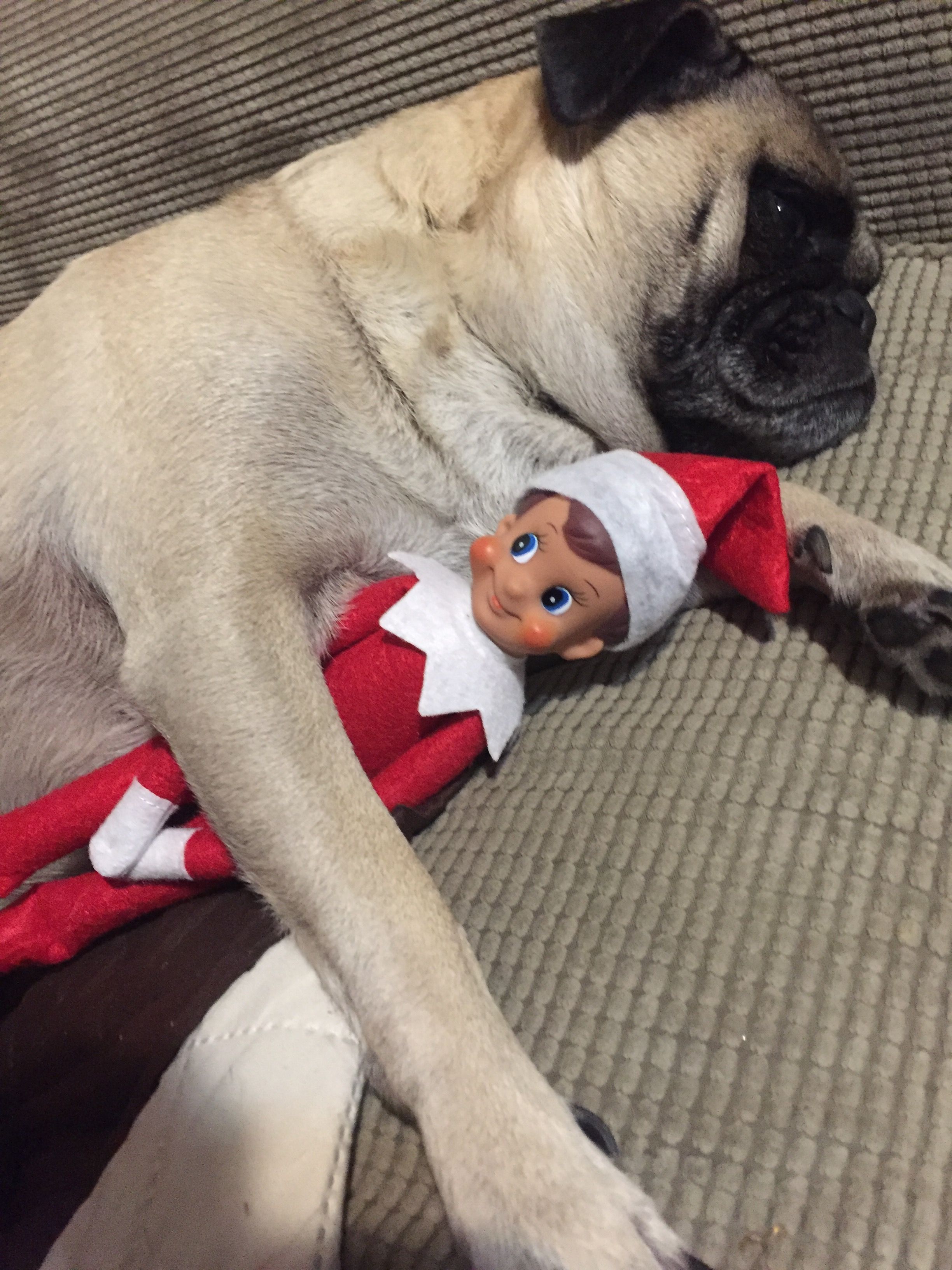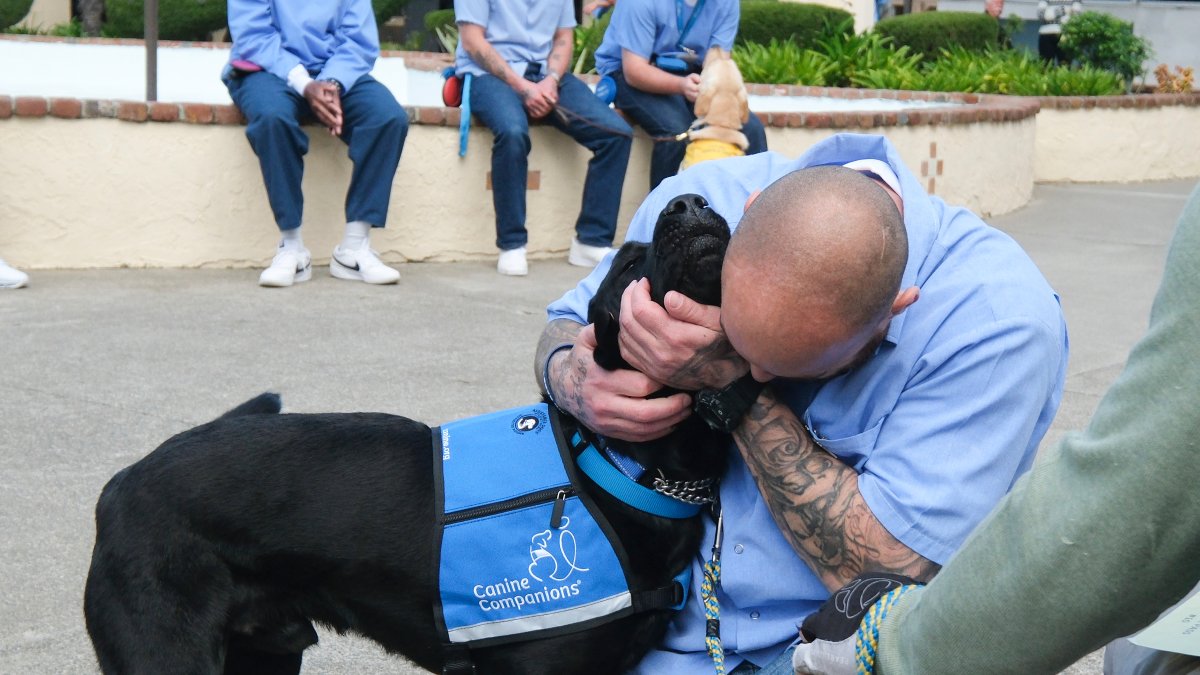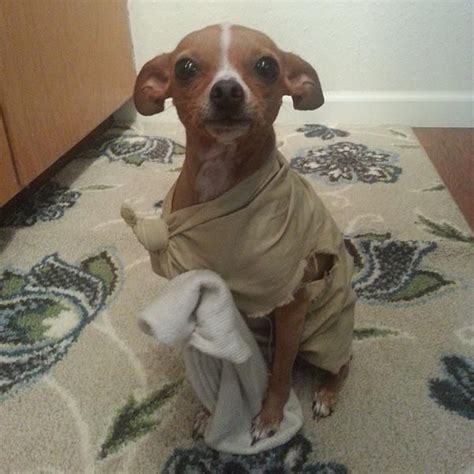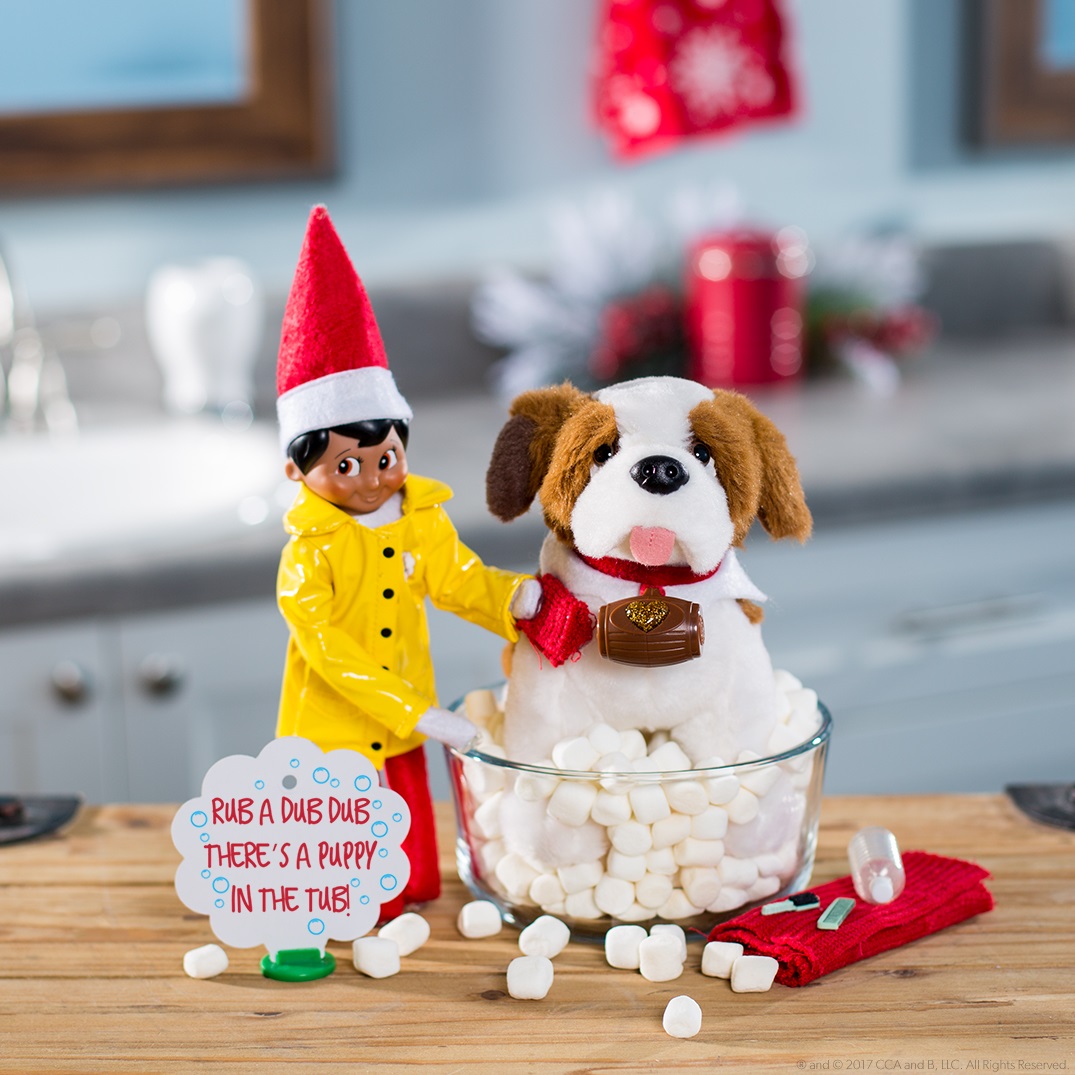The Elf's Canine Companion.

In the enchanting realm of fantasy and mythology, where elves and magical creatures roam, an intriguing relationship has emerged between an elf and their canine companion. This unique bond, often depicted in popular culture, has captivated the imaginations of many. But beyond the captivating visuals and captivating stories, there lies a deeper exploration of the dynamics between elves and their canine partners.
Elves, known for their grace, wisdom, and connection to nature, have long been associated with various animal companions. However, the canine companion stands out as a loyal and steadfast ally, offering a different kind of partnership. This article delves into the fascinating world of the elf's canine companion, exploring their history, characteristics, and the profound impact they have on the lives of these mythical beings.
The Historical Bond: Elves and Canines in Myth and Legend

The association between elves and canines can be traced back to ancient myths and legends. In various cultures and folklore, elves have been portrayed as mystical beings with an affinity for nature and animals. Canines, with their loyalty, intelligence, and protective nature, have often been chosen as companions by elves.
In Norse mythology, for instance, the god Odin, who shares many characteristics with elves, is often depicted with a pair of wolves, Geri and Freki, symbolizing strength and protection. Similarly, in Celtic mythology, the Sidhe, a race akin to elves, are believed to have strong connections with wolves and dogs, symbolizing their bond with the wild and untamed aspects of nature.
As the legends evolved, so did the portrayal of the elf-canine relationship. In modern fantasy literature and media, this bond has taken on new dimensions, showcasing the unique and complex dynamics between these two species.
Characteristics of the Elf’s Canine Companion

The canine companion of an elf is often portrayed as a unique breed, possessing traits that set them apart from ordinary dogs. Here are some key characteristics that define these mythical companions:
- Size and Appearance: Elf dogs are often depicted as being slightly larger than regular dogs, with a more refined and elegant physique. Their coats can range from sleek and shiny to a more wild and shaggy appearance, reflecting their connection to nature.
- Intelligence and Training: These canines are known for their exceptional intelligence and ability to understand complex commands. They often undergo rigorous training, not just for physical tasks but also for mental stimulation, showcasing their problem-solving skills.
- Loyalty and Affection: Loyalty is a cornerstone of the elf-canine relationship. These dogs form deep bonds with their elf companions, often displaying unwavering loyalty and a protective nature. They are known to be extremely affectionate, providing comfort and companionship to their masters.
- Senses and Abilities: Elf dogs possess heightened senses, allowing them to detect dangers and threats long before their companions. They have exceptional hearing, smell, and even an innate ability to sense magical disturbances, making them invaluable guardians.
- Longevity: In the realm of fantasy, the lifespan of elves and their companions is often extended. Elf dogs are believed to live much longer than regular dogs, sometimes even matching the longevity of their elf masters.
The Role and Significance of the Canine Companion
The canine companion serves a multitude of roles in the life of an elf, adding depth and complexity to their existence.
Guardians and Protectors
Perhaps the most prominent role of the elf’s canine companion is that of a guardian and protector. These dogs are often trained in combat and have an innate sense of danger. They serve as vigilant sentinels, alerting their masters to potential threats and providing an extra layer of security. Their loyalty and bravery make them formidable allies in any battle.
Companionship and Emotional Support
Beyond their protective nature, elf dogs provide invaluable companionship. Elves, known for their wisdom and often solitary nature, find solace and comfort in the presence of their canine friends. These dogs offer unconditional love, support, and a sense of belonging, forming deep emotional bonds with their masters.
Guides and Explorers
With their heightened senses and natural instincts, elf dogs are excellent guides and explorers. They can navigate through treacherous terrain, detect hidden paths, and even sense changes in the environment. Their keen awareness makes them invaluable companions during adventures and expeditions, ensuring the safety and success of their elf companions.
Symbolic Representations
In many cultures and stories, the canine companion represents more than just a physical ally. They symbolize the bond between man and nature, the loyalty and protection that animals offer, and the balance between the wild and the civilized. The elf’s canine companion embodies the harmony between the magical and the mundane, serving as a reminder of the interconnectedness of all living beings.
Training and Bonding Techniques
Establishing a strong bond between an elf and their canine companion is an intricate process that requires patience, understanding, and a deep connection. Here are some insights into the training and bonding techniques used by elves to forge these unique relationships:
Early Socialization
Elf dogs are often introduced to their masters at a young age, allowing for early socialization and the development of a strong foundation for their relationship. This early bonding period is crucial, as it sets the tone for their future interactions and ensures a deep level of trust.
Positive Reinforcement
Positive reinforcement is a key training method used by elves. They reward their canine companions with praise, treats, and affection for desired behaviors, encouraging a positive and enthusiastic response. This approach fosters a loving and respectful relationship, strengthening the bond between elf and dog.
Mental Stimulation
Elf dogs are highly intelligent and require mental stimulation to stay engaged and content. Elves often engage their canine companions in complex problem-solving activities, puzzle games, and even magical exercises. These mental challenges not only keep the dogs entertained but also enhance their cognitive abilities, making them even more capable companions.
Rituals and Ceremonies
In some cultures and traditions, elves perform rituals or ceremonies to solidify the bond with their canine companions. These rituals may involve magical incantations, the sharing of a special bond between the elf and dog, or even a symbolic exchange of gifts or tokens. These ceremonies add a layer of spiritual significance to the relationship, deepening the connection between elf and canine.
Real-World Inspirations: Breeds and Traits

While the elf’s canine companion is a mythical creature, its characteristics and traits often draw inspiration from real-world dog breeds. Here are some breeds that share similarities with the mythical elf dogs:
- German Shepherd: Known for their intelligence, loyalty, and protective nature, German Shepherds are often likened to the guardian role of elf dogs. Their keen senses and ability to detect threats make them excellent companions for elves in need of protection.
- Greyhound: With their elegant and refined appearance, Greyhounds embody the grace often associated with elf dogs. Their speed and agility make them well-suited for exploration and adventure, mirroring the adventurous spirit of elves.
- Siberian Husky: Huskies are renowned for their stamina, endurance, and ability to thrive in harsh environments. These traits align with the elf's connection to nature and their need for a resilient companion during their travels and quests.
- Border Collie: Border Collies are renowned for their intelligence, problem-solving skills, and exceptional herding abilities. These traits make them ideal companions for elves who require a canine partner capable of complex tasks and strategic thinking.
While these breeds offer a glimpse into the real-world inspirations for elf dogs, it's important to note that the mythical canine companion often possesses unique traits that transcend the capabilities of any single breed.
The Future of the Elf’s Canine Companion
As the world of fantasy and mythology continues to evolve, so too will the relationship between elves and their canine companions. Here are some potential future implications and developments for this enchanting bond:
Enhanced Abilities
With advancements in magical research and technology, the abilities of elf dogs may be further enhanced. They could develop even more refined senses, improved healing abilities, or even the capacity for limited speech, allowing for deeper communication with their elf companions.
Expansion of Roles
The roles of elf dogs may expand beyond their traditional guardianship and companionship. They could take on more specialized tasks, such as magical research assistants, healers, or even messengers, delivering important communications between different realms and dimensions.
Cultural Integration
As elves and their canine companions become more integrated into various cultures and societies, their roles may adapt to fit different societal needs. They could become symbols of unity and cooperation, bridging the gap between different races and species, and promoting harmony and understanding.
Exploring New Frontiers
With the exploration of new lands and dimensions, elf dogs may accompany their masters on even more daring adventures. They could navigate uncharted territories, face unknown challenges, and forge new paths, solidifying their place as invaluable companions in the ever-expanding fantasy universe.
Conclusion
The elf’s canine companion is more than just a mythical entity; it represents a deep and meaningful relationship between two distinct species. From their ancient origins in mythology to their modern-day portrayals, these canine allies have captured the hearts and imaginations of many. As we continue to explore the fantastical world of elves and their companions, we are reminded of the power of loyalty, protection, and the unbreakable bond that can form between man and beast.
How do elves choose their canine companions?
+Elves often choose their canine companions based on a combination of factors, including the dog’s natural abilities, temperament, and compatibility with the elf’s personality and needs. It’s a process that involves careful observation and consideration, ensuring a strong and harmonious bond.
Can elf dogs be trained to perform magical tasks?
+Yes, elf dogs are highly intelligent and capable of learning complex magical tasks. They can be trained to detect magical disturbances, aid in spellcasting, or even participate in magical rituals, showcasing their versatility and adaptability.
Do elf dogs have a specific diet or nutritional requirements?
+Elf dogs, like their masters, often have a varied diet that includes both magical and natural food sources. They may consume a combination of enchanted meats, fruits, and herbs, ensuring they receive the necessary nutrients to maintain their health and vitality.
Are elf dogs capable of reproducing, and if so, what are their offspring like?
+Yes, elf dogs are capable of reproducing, and their offspring often inherit a combination of traits from both parents. These puppies may exhibit enhanced abilities, such as heightened senses or magical affinities, making them even more remarkable companions for future generations of elves.



